What are white, pink and brown noise, and can they help your health?
You may know about white noise – think TV static – but how about pink and brown noise? Find out how each one might benefit you.
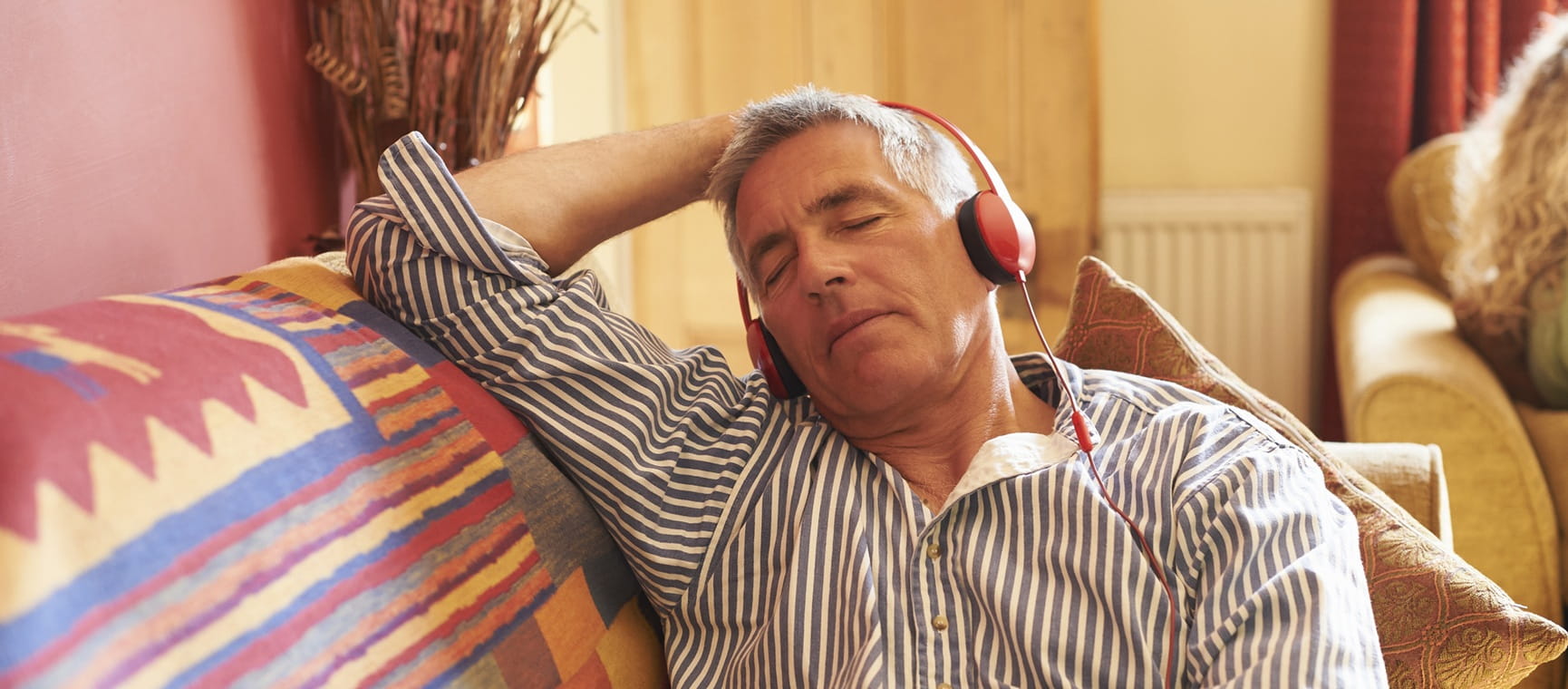
You may know about white noise – think TV static – but how about pink and brown noise? Find out how each one might benefit you.


White noise plays all frequencies audible to the human ear (from 20Hz to 20,000Hz) at the same power level. The first white noise machine was created in 1963 by an American salesman whose wife struggled to sleep without the hum of an air conditioner.
White noise’s ability to mask background noises continues to make it a popular sleep aid. This muffling quality also makes it a popular tool for managing tinnitus, says Mercede Erfanian, an auditory neuroscientist at University College London, who has studied different coloured noises.
“White noise plays both high and low frequencies at equal power, but because the human ear perceives high frequencies as louder than low ones, it can help mask the high-pitched ringing sound associated with tinnitus,” she says.
Still, there’s no clear consensus: while some people find white noise soothing, others report that it can trigger their symptoms. Those with tinnitus can now get a white noise generator – a small device that fits into the ear – on the NHS.
White noise may also aid concentration because it allows the brain to tune into tones that would otherwise go unnoticed. It’s thought that it enhances the release of the neurotransmitter dopamine in areas of the brain related to attention and memory, too.
In one Australian study, participants listening to white noise had greater word recall accuracy than those completing the task in silence. Green noise, although not an 'official' sound colour, is similar but amplifies sounds in the middle of the frequency range, such as those found in nature.
You can buy a white noise machine for less than £30, or try a free app such as White Noise Lite.
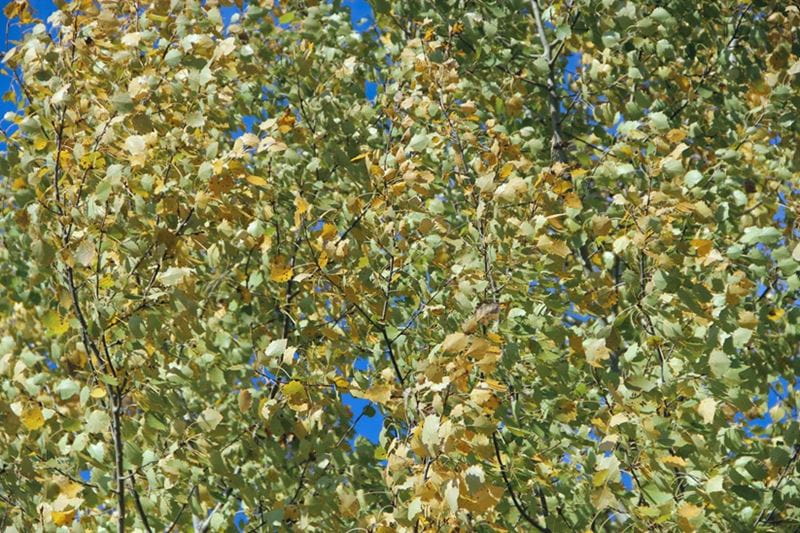
Like white noise, pink noise contains all the frequencies we can hear, but with more power in the lower frequencies, giving it a deeper, smoother sound.
“Of all possible types of noise, pink noise appears to be the most efficient at improving the time taken to fall asleep, and at reducing broken sleep,” says Professor Joydeep Bhattacharya at Hong Kong Baptist University.
Several studies back this up, including one in 2020 in which American scientists played a pink noise audiotape to participants as they transitioned into sleep – they found that the subjects fell asleep faster, and that their sleep was deeper.
One of the reasons for this appears to be that pink noise reduces brainwave complexity, inducing more stable sleep, according to a small study by Chinese researchers who played bursts of pink noise while people napped.
“A big cause of insomnia is that a person’s brain is too busy, and they can’t move from wakefulness to unconsciousness because of repetitive thoughts,” says Erfanian.
“Pink noise suppresses brain activity and dampens internal chatter. It can also adjust the length of different sleep stages, so you spend more time in REM, where your brain consolidates events from the day into your long-term memory.”
Try the free Sound Machines podcast on Spotify or Apple, which has 12 hours of pink noise.

Even deeper in sound than pink noise, brown noise provides a rumbling, immersive experience that many people find the most relaxing. It gets its name from Robert Brown, a 19th-century Scottish botanist who discovered Brownian Motion, where pollen grains suspended in water appear to dance under a microscope. Brown noise mimics this, producing a deep static that helps to drown out peripheral noises.
Evidence of its calming properties is anecdotal, but it could be a good choice for older adults.
“After the age of 60, people tend to miss high-frequency sounds, hearing them as muffled noises,” says Erfanian.
“Because brown noise consists of lower frequencies with more power, it will be easier to hear and to get the benefit from its soothing sound.”
Try Calming Sounds from CBeebies Radio on BBC Sounds (eight hours of brown noise).
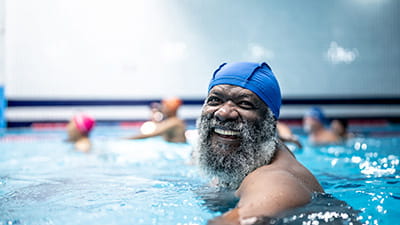

Health insurance for people over 50 that provides a quicker route to diagnosis and planned medical treatment in a private facility.
Underwritten by Bupa Insurance Limited.
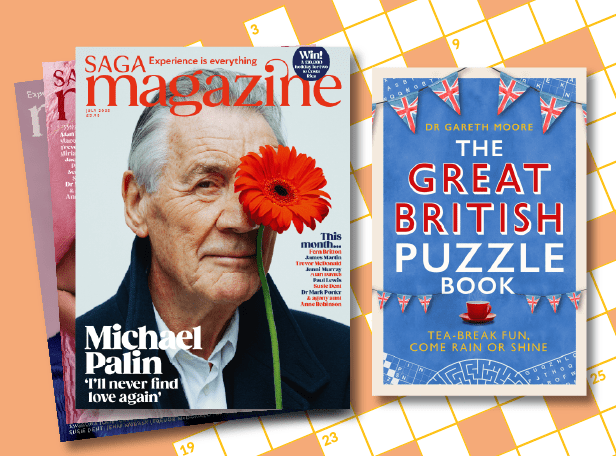
Subscribe to the award-winning Saga Magazine for just £9.95 and receive the next 6 issues, delivered direct to your door PLUS a free Great British Puzzle Book.
A bumper book packed with fun puzzles, from word and logic puzzles to relaxing dot-to-dots and spot the differences, all designed to take you on a unique and intriguing tour of our fascinating island.

Are you retiring at the wrong age? The best age to retire for your body, brain, happiness and pocket.
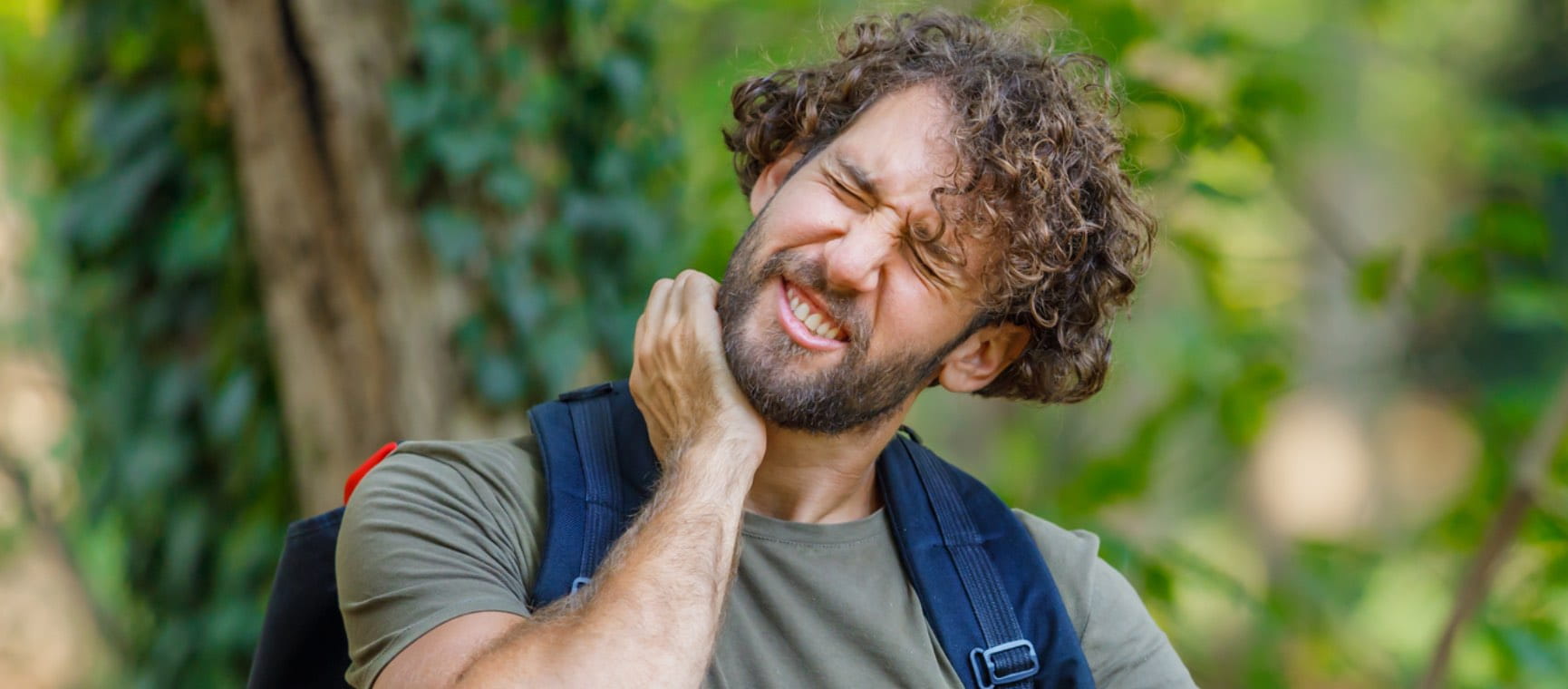

Everything you need to know about the lung infection, and how you could be ill with “walking” pneumonia without realising it.
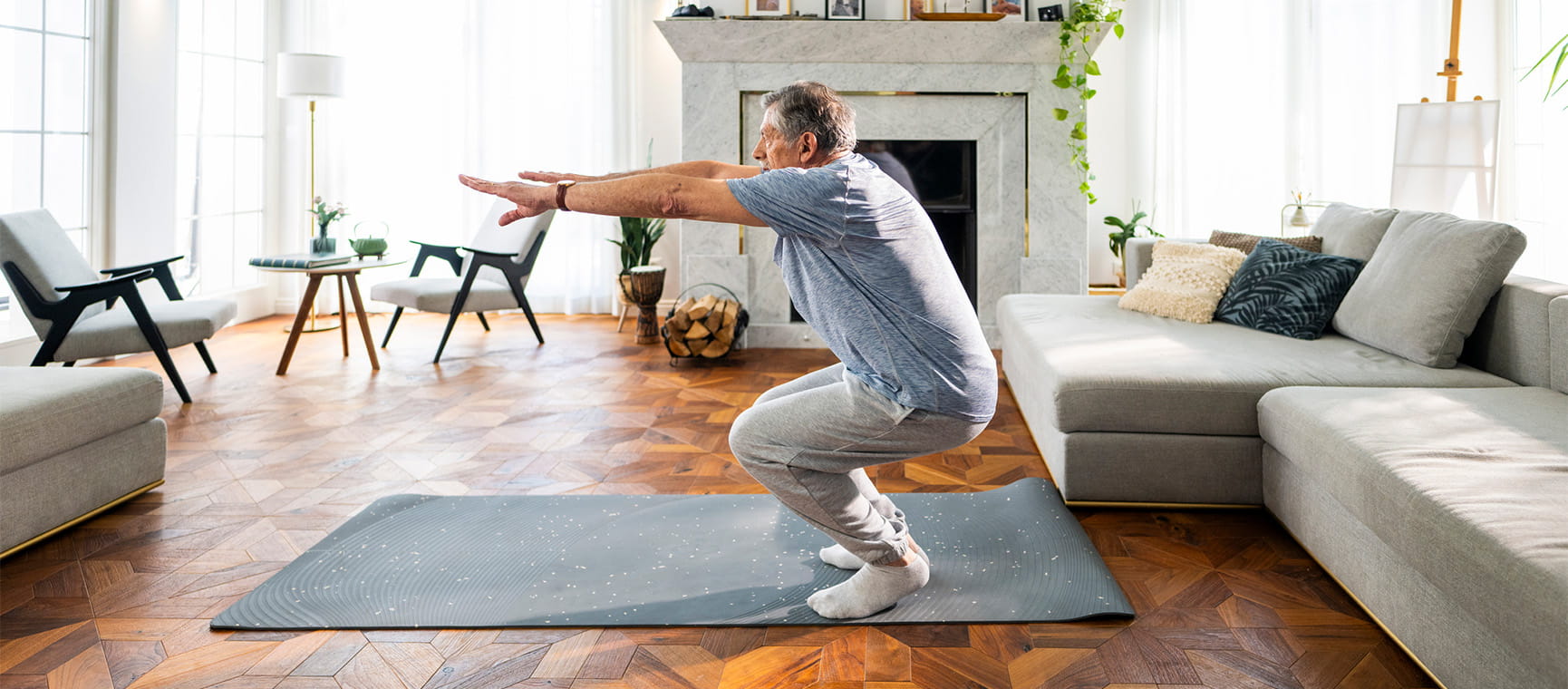
Strong calves for a strong mind: how they support our circulation and brain health, with easy moves to strengthen yours at home.
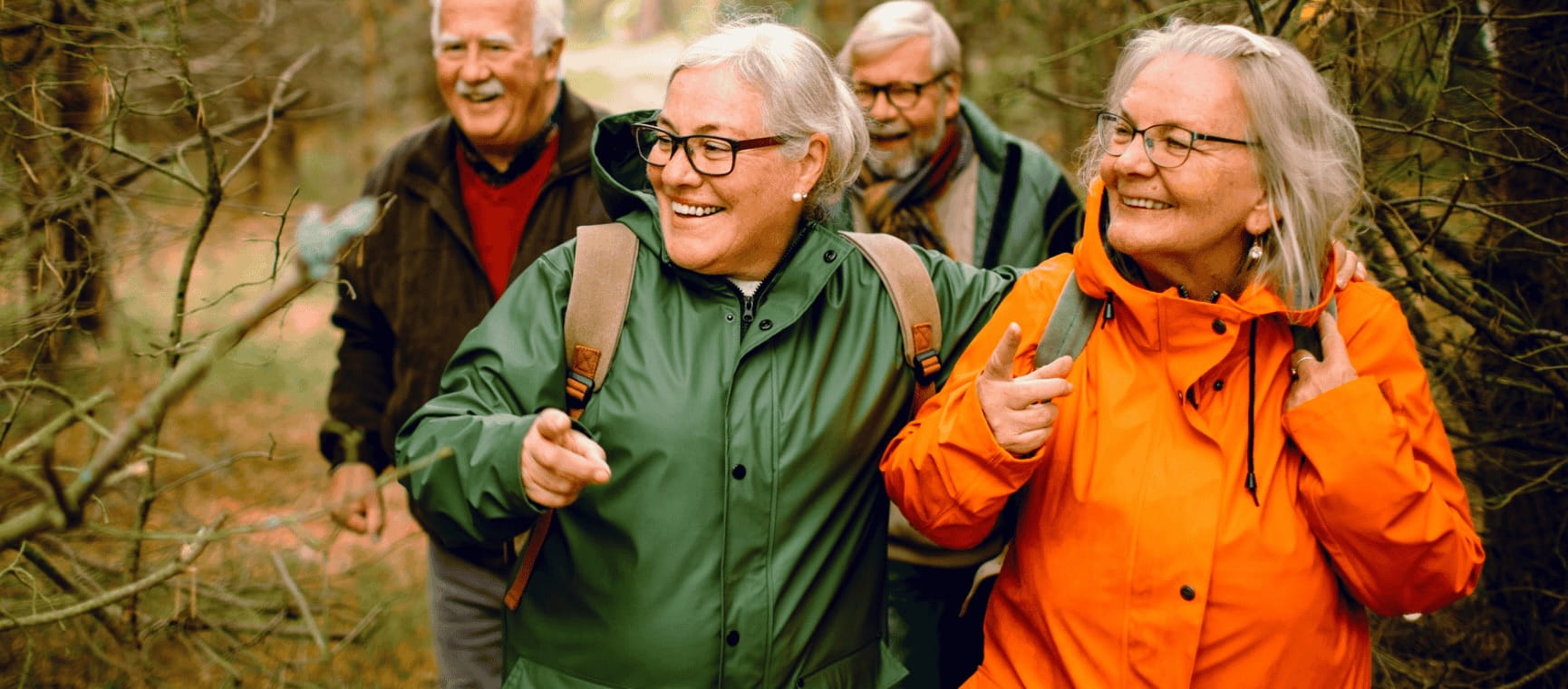

Our GP Dr Mark Porter explains what can cause itchy skin, which is a common problem as we get older.
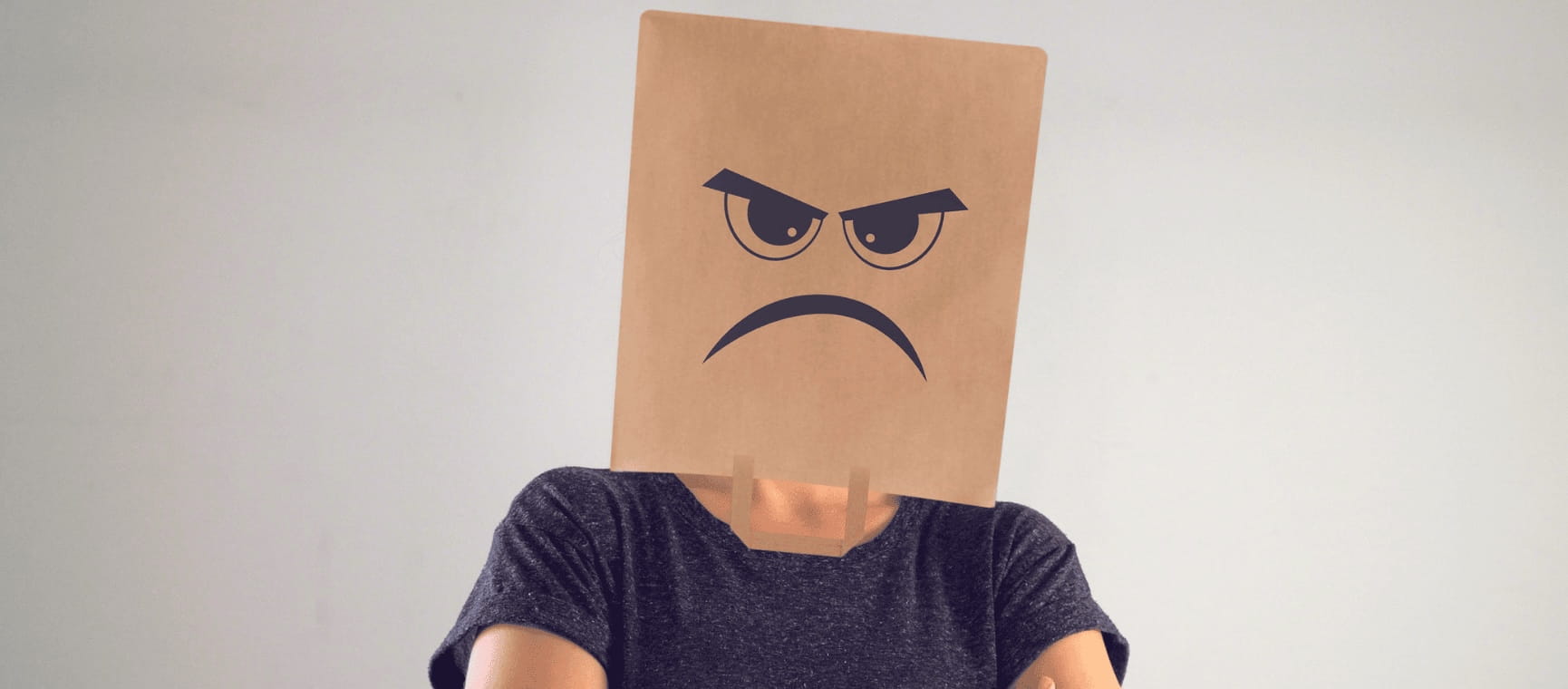
Worried you’ve morphed into Victor Meldrew? Find out how to battle that bad mood, and what to do if you’re stuck with a grouchy loved one.

The benefits of heat and cold therapy, and how Nordic bathing won over our nervous writer.

Here’s how to spot the symptoms of heat disease and reduce your danger.

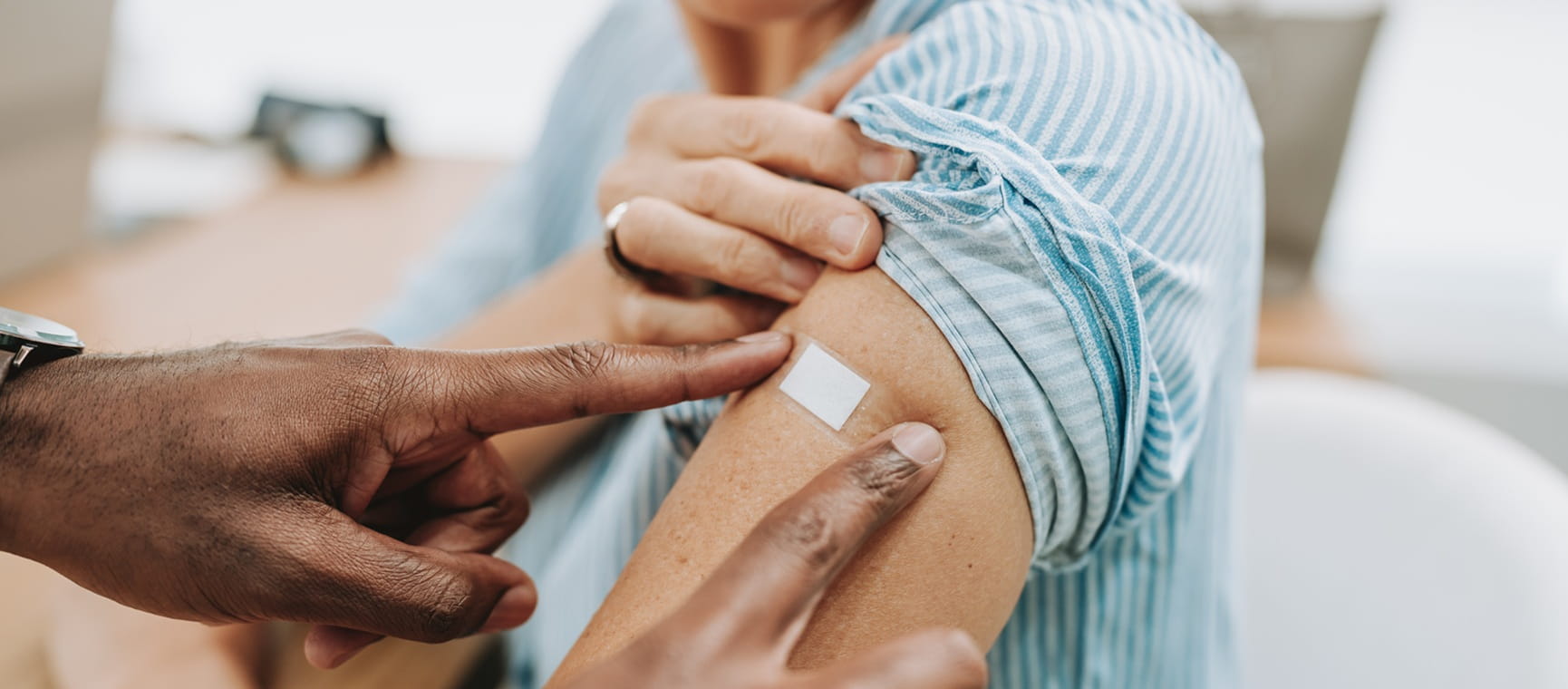
The NHS winter vaccination campaign kicks off next week. Here’s the lowdown on what you need to book.

Pilates for back pain – what to do if you are suffering, and five gentle exercises that could help.

Dizziness or vertigo: a sensation of spinning, can stop us doing everyday things for fear of falling. Try these tips to stop feeling dizzy
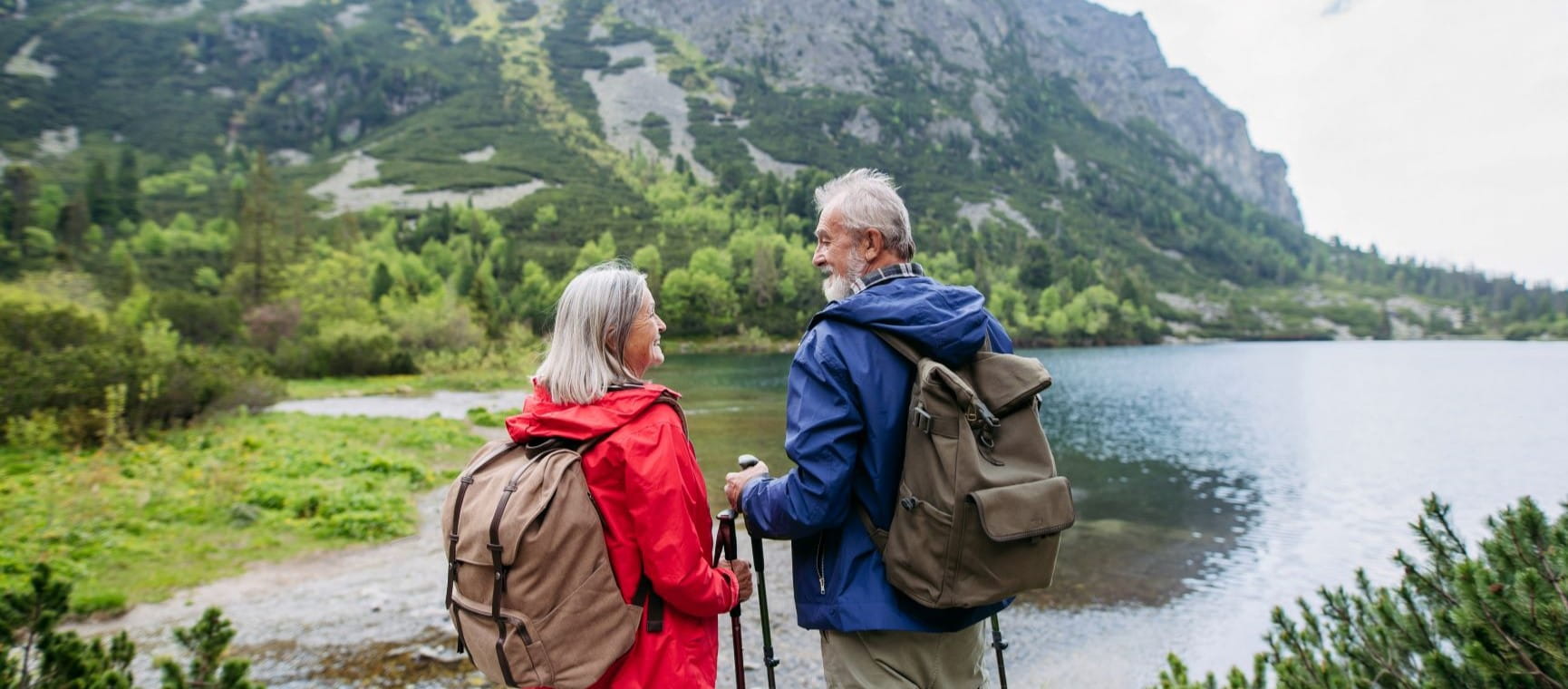

You don’t have to put up with bladder leaks. We try out the latest pelvic floor gadgets for men and women.
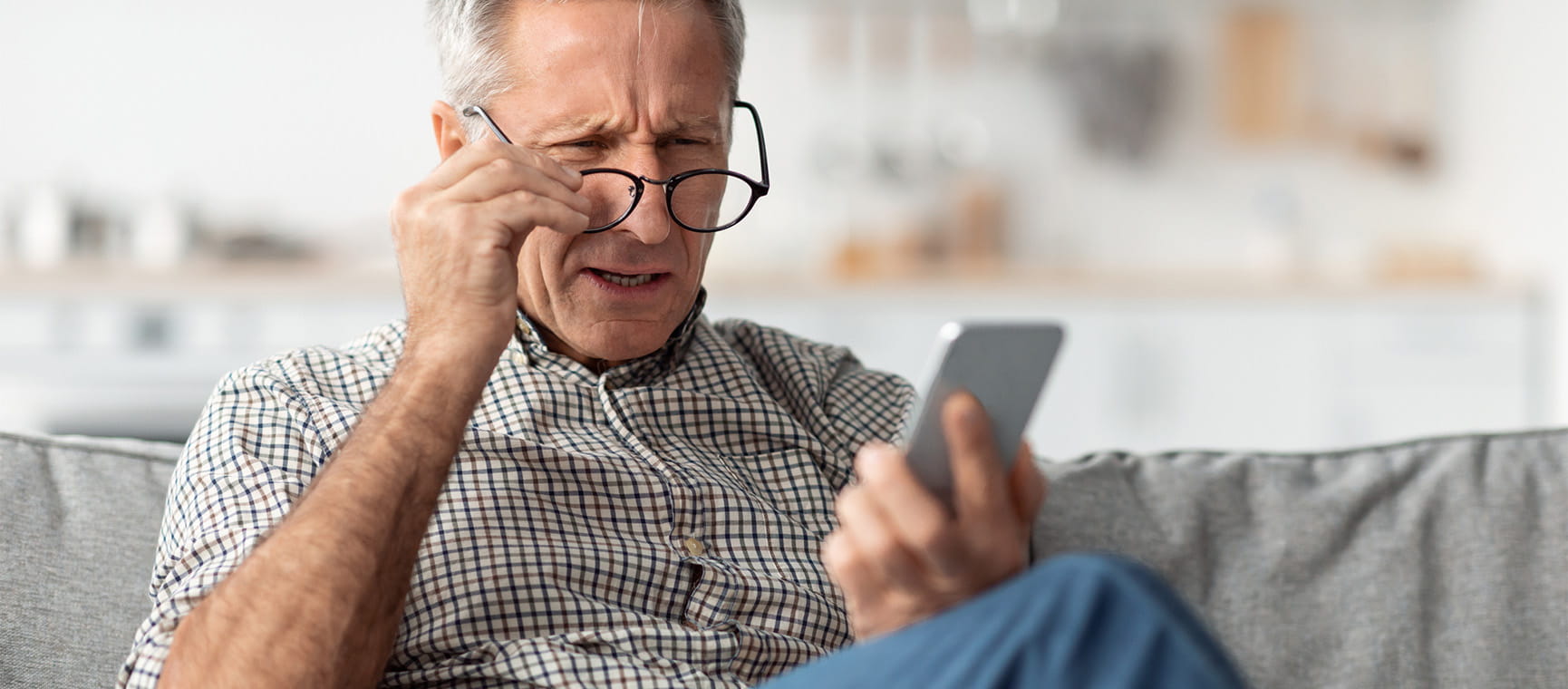
Cataracts are a normal part of ageing. Learn how to spot the signs – and when it’s time to consider surgery.